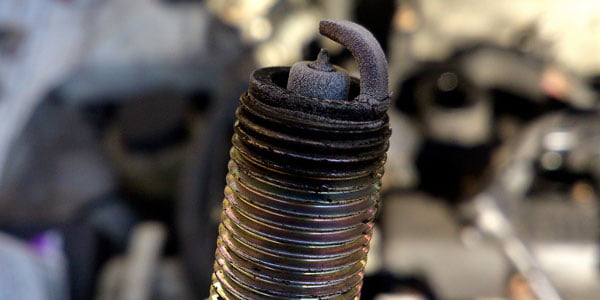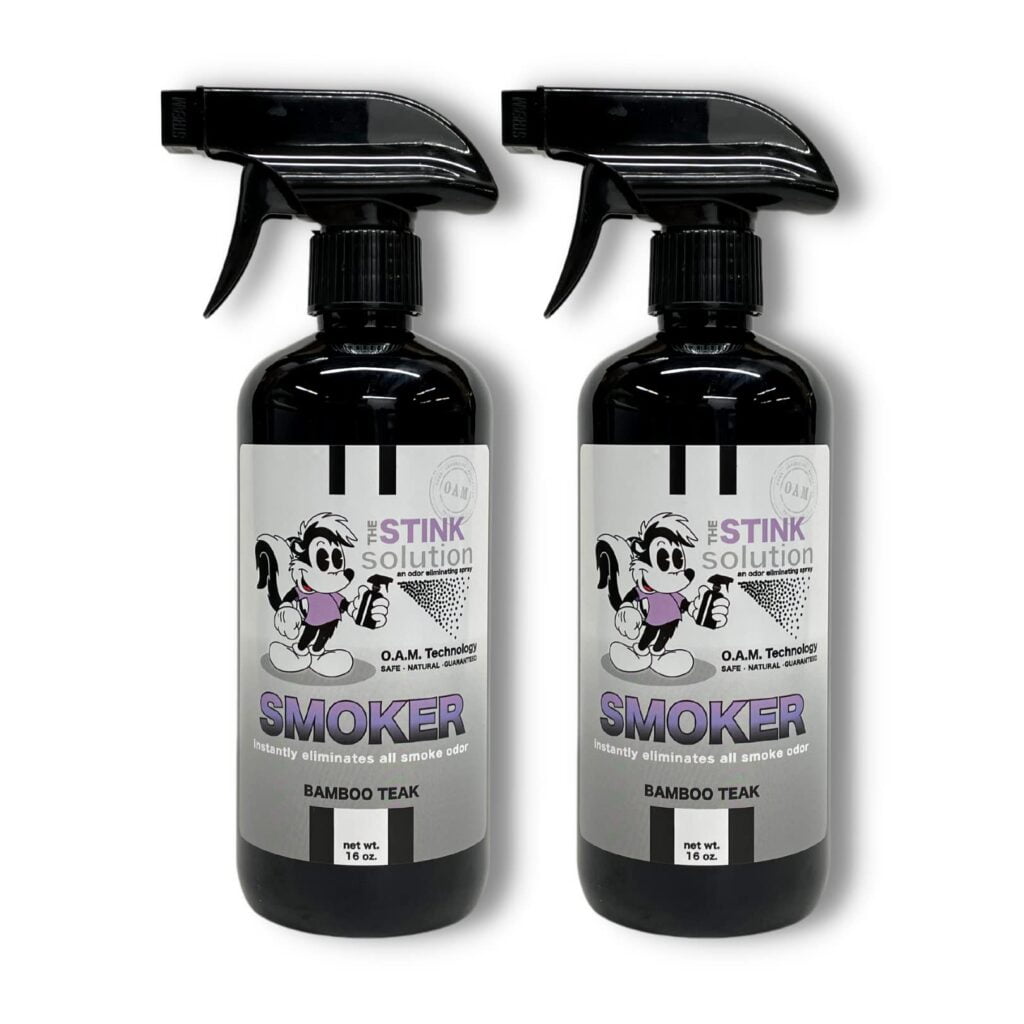What Causes a Car’s Engine to Burn Engine Oil: Unveiling the Root Culprits
A car’s engine burns engine oil due to worn-out piston rings or seals, leading to oil leakage. This can occur if the engine is old or if it has been overheated. It is important to address this issue promptly as burning engine oil can cause various problems, including reduced engine performance and increased emissions. In addition, it can lead to a buildup of carbon deposits, damaged spark plugs, and increased fuel consumption. Regular maintenance and frequent oil changes can help prevent engine oil from burning and ensure the proper functioning of the engine. Understanding Car Engine Oil Burning Definition And Explanation Of Car Engine Oil Burning Car engine oil burning refers to the process in which the engine’s oil is consumed or lost at a faster rate than usual. When a car’s engine is burning oil, it means that the oil is being used up either through combustion or leaking. This can lead to various issues and is a symptom of potential underlying problems within the engine. Oil burning can occur due to a variety of reasons, including worn-out piston rings, valve seals, or gaskets. These components play a crucial role in keeping the engine lubricated and preventing oil leakage. When these parts deteriorate, oil can escape into the combustion chambers or leak externally, resulting in the burning of engine oil. Besides the physical components, environmental factors such as extreme temperatures can also contribute to oil burning. High heat can cause the oil to break down and evaporate more quickly, leading to a reduced lubrication effect and increased oil consumption. Importance Of Maintaining Proper Oil Levels In A Car Engine Maintaining proper oil levels in a car engine is vital to its overall health and performance. It ensures that the engine’s moving parts are properly lubricated, reducing friction and preventing excessive wear and tear. Here are a few important reasons to keep a vigilant eye on your car’s oil levels: Optimal Performance: Adequate oil levels help maintain the engine’s temperature and prevent it from overheating. When the engine runs too hot, it can lead to damage and reduced performance. Engine Longevity: Proper lubrication helps extend the lifespan of the engine’s internal components, reducing the risk of major breakdowns and costly repairs. Regularly monitoring and replenishing oil levels can contribute significantly to the longevity of your car engine. Fuel Efficiency: A well-lubricated engine operates more efficiently, resulting in better fuel economy. Insufficient oil levels can cause increased friction, which in turn requires the engine to work harder and consume more fuel. Early Problem Detection: Monitoring oil levels provides an opportunity to detect potential issues within the engine early on. Abnormal oil consumption, such as burning oil, can be an indicator of underlying problems that need attention, allowing for prompt repair and maintenance. Overall, maintaining proper oil levels is essential for the smooth functioning of your car’s engine. It not only promotes longevity and performance but also helps identify problems before they escalate into more significant issues. Regularly checking and replenishing the oil level can save you from costly repairs and ensure your engine stays in optimal condition. Signs And Symptoms Of Engine Oil Burning Engine oil burning in a car can cause several signs and symptoms, including blue smoke from the exhaust, oil leaks, decreased oil levels, and a burning odor. This issue is often caused by worn piston rings, faulty valve seals, or a damaged gasket. Regular inspection and maintenance can help prevent engine oil burning. Engine oil is a critical component in any car’s operation, lubricating the many moving parts to prevent friction and ensure smooth performance. However, sometimes the engine can develop issues that cause it to burn oil. This can lead to a range of problems and should be addressed promptly. To help you identify whether your engine is burning oil, we will discuss some common signs and symptoms that you should look out for. Common Signs That Indicate Engine Oil Burning Excessive oil consumption: If your car is burning oil, you may notice that you need to top up the oil frequently. Engine oil is typically topped up during regular maintenance, but if you find yourself adding oil between oil changes, it could be a sign that your engine is burning oil. Blue smoke from the exhaust: One of the most noticeable signs of oil burning is the presence of blue smoke coming from the exhaust pipe. If you observe this, especially during acceleration or after idling for a while, it is a strong indication that oil is being burned within the engine. Unusual odors: Another clue that your engine is burning oil is the presence of unusual odors. These smells can range from a faint burning oil scent to a more pungent and noticeable odor. If you catch a whiff of something unusual while driving, it is worth investigating further. Loss of engine power: Engine oil helps to lubricate the various engine components, ensuring they work smoothly together. When oil is being burned, the lubrication is compromised, leading to a potential loss of engine power. If you notice a decrease in acceleration or overall performance, it could be a sign of oil burning. Spark plug fouling: Oil burning can also impact the performance of your spark plugs. If oil is reaching the spark plugs, they may become fouled or covered in oil residue. This can cause misfires, leading to rough idling, reduced fuel efficiency, and potential engine damage. Identifying Visual Or Auditory Cues Of Oil Burning Aside from the aforementioned signs, there are additional visual and auditory cues that can help you determine if your engine is burning oil. These cues may require closer observation or inspection: Oil leaks: Check for any visible oil leaks under your car or around the engine compartment. A significant oil leak could indicate that oil is being burned within the engine. Excessive carbon buildup: Look for excessive carbon deposits on the spark plugs or elsewhere in the engine. This can be a sign that oil is being burned
What Causes a Car’s Engine to Burn Engine Oil: Unveiling the Root Culprits Read More »





